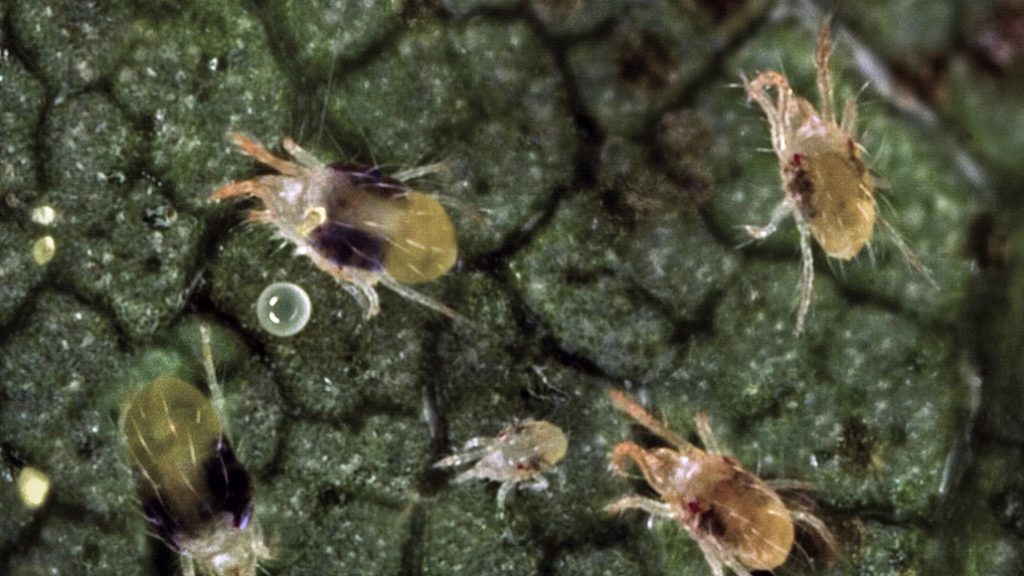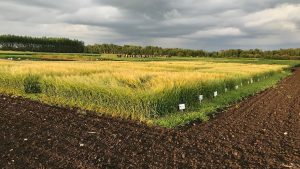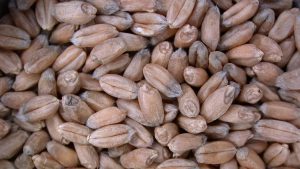Cropside: Insect resistance
AGRONOMIC INFORMATION FROM ONTARIO'S CROP SPECIALISTS

WITH VERY FEW new insecticides coming to market soon, we need to preserve the products we currently have. Climate change research also predicts an increased risk of certain pests expanding into Ontario and the potential for more generations per season. As the global list of insecticide-resistant insects increases, the greater the need will be for us to follow integrated pest management (IPM) and integrated resistance management (IRM) strategies to help maintain our current inventory. Some key IPM and IRM strategies include:
- Scouting fields frequently before making a spray decision. Frequent scouting reduces the risk of finding pest populations far exceeding threshold levels, potentially limiting the effectiveness of the product used. Insecticides don’t give yield back that you already lost.
- Proper identification of a pest is important. Misidentifying natural enemies as pests can lead to unnecessary applications and perpetuate a pest problem. It is also important to ensure the damaging stage of the pest is still present and actively feeding.
- Only apply insecticides if the action threshold has been reached. Action thresholds are set to keep a pest population from reaching yield reducing levels while helping to maintain natural enemy populations. Helping natural enemy populations succeed can reduce the need for frequent insecticide applications.
- Select reduced risk products, where possible, and only use products that are registered for the target pest at their recommended label rate. Pay attention to any temperature restrictions and application timing recommendations that target when the pest is most actively feeding. For example, spray armyworm in the evening when they are active.
- Rotate between chemical families. Consider all the insecticides used on the same crop for the various pests in one season and avoid using the same active ingredient or products in the same chemical family. This includes soil, seed, and foliar applied products that share the same chemical family. If there are reports of pest resistance, avoid using that product or closely related products.
- Evaluate the field after an application. Scout the field again four to seven days after to determine if the application was effective. Some products only work on certain stages of the insect and populations can build up quickly again. Spider mites are a good example, as we often see a resurgence if a high proportion of eggs were present at the time of application. If the product only works on nymphs and adults, the eggs are left unharmed to hatch and start a new infestation, usually in the absence of natural enemies that were sprayed too.
- Report suspect product failures. Alerting your crop consultant and provincial entomologist to a potential resistance issue will enable us to investigate and try to mitigate the spread of any resistant populations.

More information on IPM and IRM can be found in the Agronomy Guide for Field Crops, OMAFRA Publication 811 and the Field Crop Protection Guide, OMAFRA Publication 812. You can also visit the Insecticide Resistance Action Committee website (https://irac-online.org/) for more IRM information and a list of key pests that have developed resistance around the world. •
























